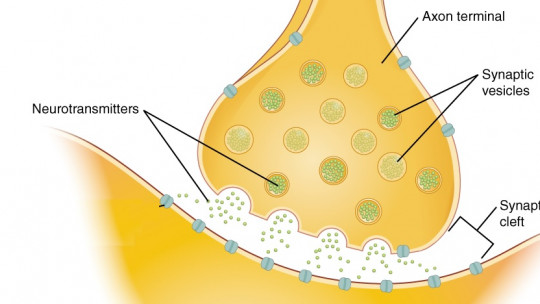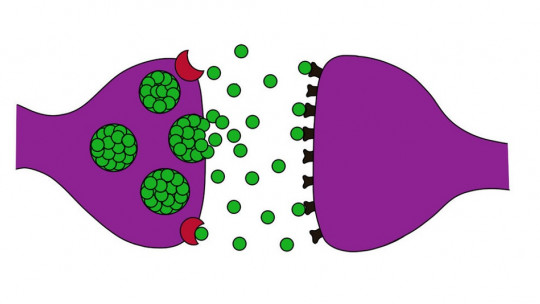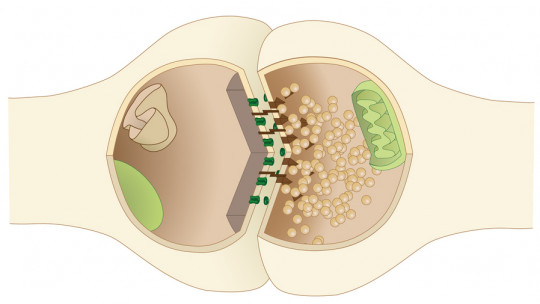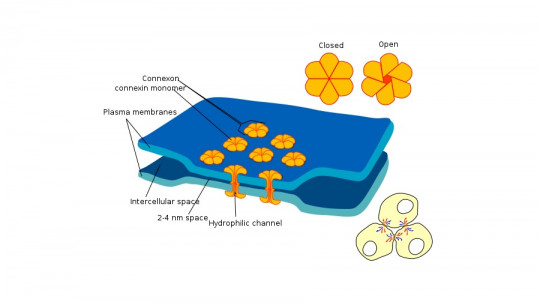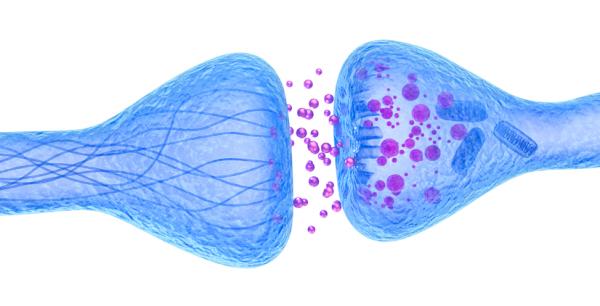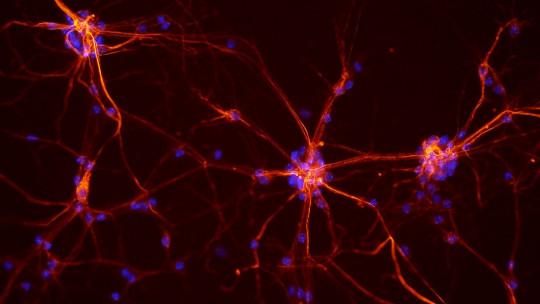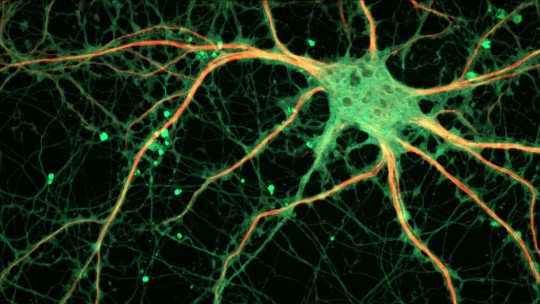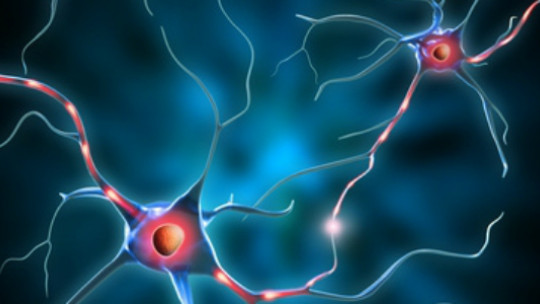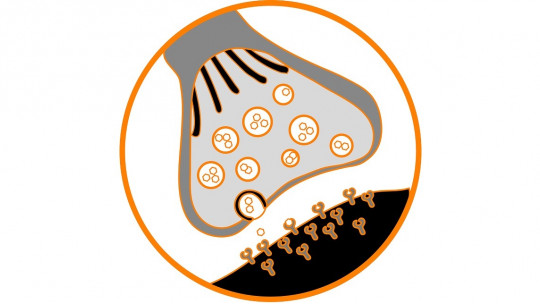
The brain contains thousands and thousands of interconnections between its neurons, which are separated by a small space known as a synapse. This is where the transmission of information passes from neuron to neuron
It has been seen for some time that the activity of the synapse is not static, that is, it is not always the same. It can be enhanced or diminished as a consequence of external stimuli, such as things we experience. This quality of being able to modulate the synapse is known as brain plasticity or neuroplasticity.
Until now, it has been assumed that this ability to modulate synapses actively participates in two activities that are so important for brain development: learning and memory. I say until now, since there is a new alternative current to this explanatory scheme, according to which To understand the functioning of memory, synapses are not so important as is normally believed.
The history of synapses
Thanks to Ramón y Cajal, we know that neurons do not form a unified tissue, but rather that they are all separated by interneuronal spaces, microscopic places that Sherrington would later call “synapses.” Decades later, psychologist Donald Hebb would offer a theory according to which synapses are not always the same over time and can be modulated, that is, he spoke of what we know as neuroplasticity: two or more neurons can cause the relationship between them to be consolidated or degraded, making certain means of communication more frequent than others. As a curious fact, fifty years before postulating this theory, Ramón y Cajal left evidence of the existence of this modulation in his writings.
Today we know two mechanisms that are used in the process of brain plasticity: long-term potentiation (LTP), which is an intensification of the synapse between two neurons; and long-term depression (LTD), which is the complete opposite of the first, that is, a reduction in the transmission of information.
Memory and neuroscience, empirical evidence with controversy
Learning is the process by which we associate things and events in life to acquire new knowledge. Memory is the activity of maintaining and retaining this learned knowledge over time. Throughout history, hundreds of experiments have been carried out in search of how the brain carries out these two activities.
A classic in this research is the work of Kandel and Siegelbaum (2013) with a small invertebrate, the marine snail known as Aplysia. In this research, They saw that changes in synaptic conductivity were generated as a consequence of how the animal responds to the environment, demonstrating that the synapse is involved in the process of learning and memorizing. But a more recent experiment with Aplysia by Chen et al. (2014) has found something that conflicts with the conclusions reached previously. The study reveals that long-term memory persists in the animal in motor functions after the synapse has been inhibited by drugs, casting doubt on the idea that the synapse participates in the entire memory process.
Another case that supports this idea arises from the experiment proposed by Johansson et al. (2014). On this occasion, the Purkinje cells of the cerebellum were studied. These cells have among their functions that of controlling the rhythm of movements, and being stimulated directly and under synapse inhibition by drugs, against all odds, they continued to set the rhythm. Johansson concluded that their memory is not influenced by external mechanisms, and that it is the Purkinje cells themselves that control the mechanism individually, independently of the influences of the synapses.
Finally, a project conducted by Ryan et al. (2015) served to demonstrate that synapse strength is not a critical point in memory consolidation. According to their work, when protein inhibitors are injected into animals, retrograde amnesia occurs, that is, they cannot retain new knowledge. But if in this same situation, we apply small flashes of light that stimulate the production of certain proteins (a method known as optogenetics), the memory can be retained despite the induced chemical blockade.
Learning and memory, united or independent mechanisms?
In order to memorize something, we first have to learn about it I don’t know if it is for this reason, but current neuroscientific literature tends to combine these two terms and the experiments on which they are based usually have an ambiguous conclusion, which does not allow us to distinguish between learning and memory processes, making it difficult to understand if they use a common mechanism or not.
A good example is the work of Martin and Morris (2002) in the study of the hippocampus as a learning center. The basis of the research focused on N-Methyl-D-Aspartate (NMDA) receptors, a protein that recognizes the neurotransmitter glutamate and participates in the LTP signal. They showed that without long-lasting potentiation in cells of the hypothalamus, it is impossible to learn new knowledge. The experiment consisted of administering NMDA receptor blockers to rats, which were left in a container of water with a raft, being unable to learn the location of the raft by repeating the test, unlike rats without inhibitors.
Subsequent studies reveal that if the rat receives training prior to the administration of the inhibitors, the rat “compensates” for the loss of LTP, that is, it has memory. The conclusion that we want to show is that LTP actively participates in learning, but it is not so clear that it does so in information retrieval
The implication of brain plasticity
There are many experiments that show that neuroplasticity actively participates in the acquisition of new knowledge for example the case mentioned above or in the creation of transgenic mice in which the gene for glutamate production is eliminated, which severely hinders the animal’s learning.
On the other hand, its role in memory is beginning to be questioned more, as you have been able to read with a few examples cited. A theory has begun to emerge that the mechanism of memory lies within cells rather than in synapses. But as psychologist and neuroscientist Ralph Adolph indicates, Neuroscience will solve how learning and memory work in the next fifty years that is, only time clarifies everything.

